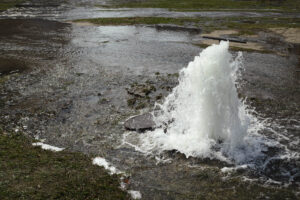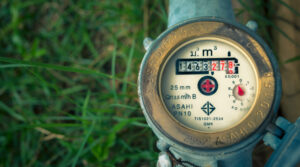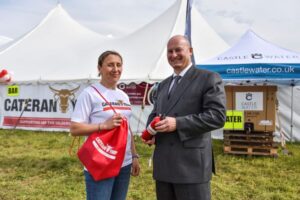The government has introduced new measures to help farmers in England improve water quality on their land. The newly launched pilot of the Landscape Recovery scheme is designed to help farmers become more sustainable by providing funding for large-scale wildlife and river projects. The Landscape Recovery scheme is part of the government’s 25 Year Environment Plan, which is designed to improve the environment, including the provision of “clean and plentiful water”.
The Landscape Recovery scheme’s first round of applications for funding is currently open – until 24th May 2022. One of the funding themes is: “Restoring England’s streams and rivers: improving water quality, biodiversity and adapting to climate change – these projects could restore rivers to a more natural state, reduce nutrient pollution, benefit aquatic species, and improve resilience to climate change (for example by reducing flood risk).”
Funding is eligible on projects for land that’s at least 500 hectares (ha) up to a maximum of 5,000 ha. Successful projects will receive two years’ worth of funding as well as help to secure private funding for the longer term.
Tree planting
The Woodland Trust has published guidance for farmers concerned about water quality as well as the quantity of water available to them. The Trust advocates planting trees as a way of preventing the loss of nutrient-rich topsoil. Losing this essential topsoil increases runoff with the consequent loss of seeds, fertilisers, and pesticides.
No-cost ways of improving water quality
There are steps farmers can take to reduce the amount of pollution that could leak into the environment. In its guidance, the Woodland Trust’s advice is that “reducing the source of pollution should form the starting point in improving water quality. This will include, for instance, the timing of application of manures and fertilisers to reduce losses through runoff; the timing and nature of ground cultivations can also help reduce the risk of soil erosion and sedimentation.”
The Trust also advises that consideration is given to the position of cattle feeders, water troughs and other areas where livestock congregate, in order to reduce direct contamination.
Why should farmers improve their land’s water quality?
Even without funding for large-scale projects, improving water quality on farms is essential to protect the environment and farm sustainably.
The Environment Agency has published recommendations for key actions farmers can take in order to improve water quality and the sustainability of their farms. There are many reasons why such actions would benefit a farm business:
- Increased efficiency by minimising waste
- Reduced risk of incurring fines for non-compliance with regulations
- Increased credibility and great PR
- A more resilient business
- Better able to deal with extreme weather
- Future proofing the business
In fact, implementing measures that benefit the environment will also benefit the farm in terms of business. For example, reducing the volume of nutrients or pesticides used on your farm will reduce the likelihood of waste nutrients reaching water sources, which has clear environmental benefits. But using less fertiliser also means you can buy less, with obvious gains to your profit margin.
Effective water management is another way farmers can help to improve water quality at the same time as increasing financial sustainability.
How Castle Water can help you improve water quality on your farm
With climate change causing drier summers, water shortages caused by drought have become a real concern. So, finding a way of collecting and storing water when it’s plentiful and then using that water when there’s a scarcity makes good business sense.
Check out our free Water Efficiency Guide, or book a water efficiency audit, which will highlight areas for improvement. Castle Water is the UK’s leading independent water retailer, and we have more than 10,000 five-star Trustpilot reviews. By switching to Castle Water, you could save up to 20% on your farm’s water bills.
With our specialist team on your side, you can better manage your water services to reduce costs, improve yields and bolster profitability, without being pulled from the core elements of your business..










